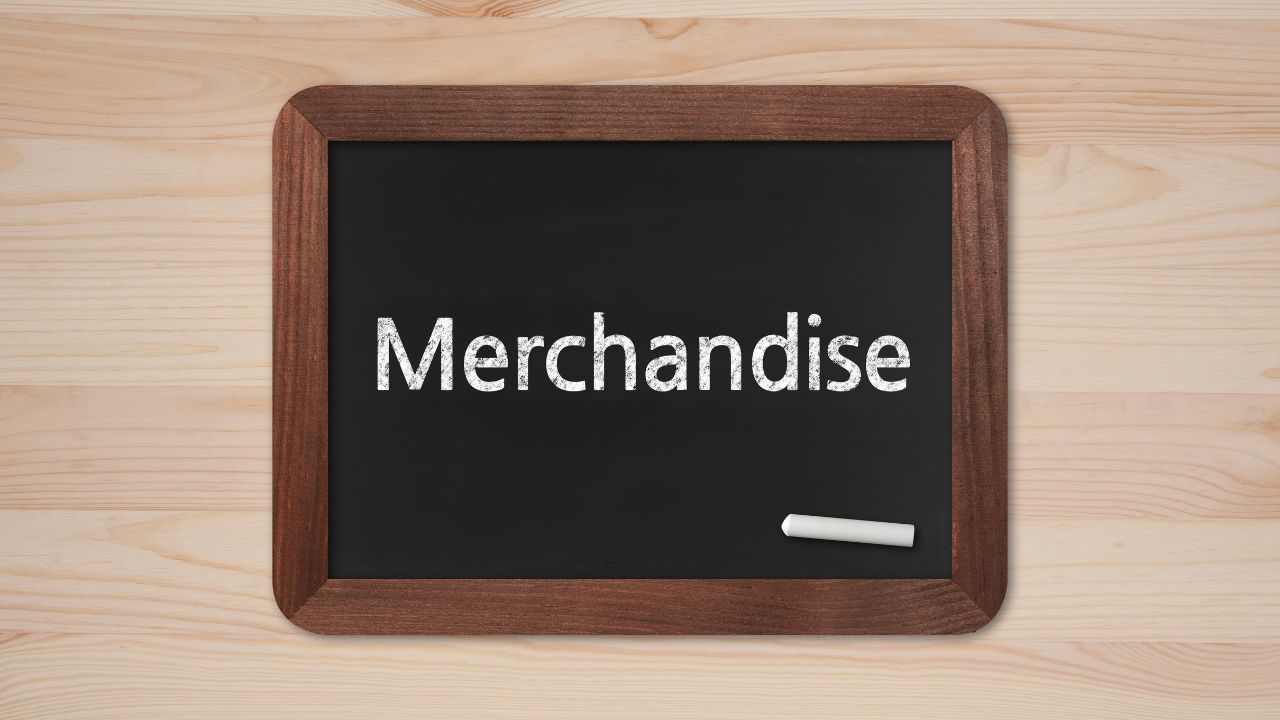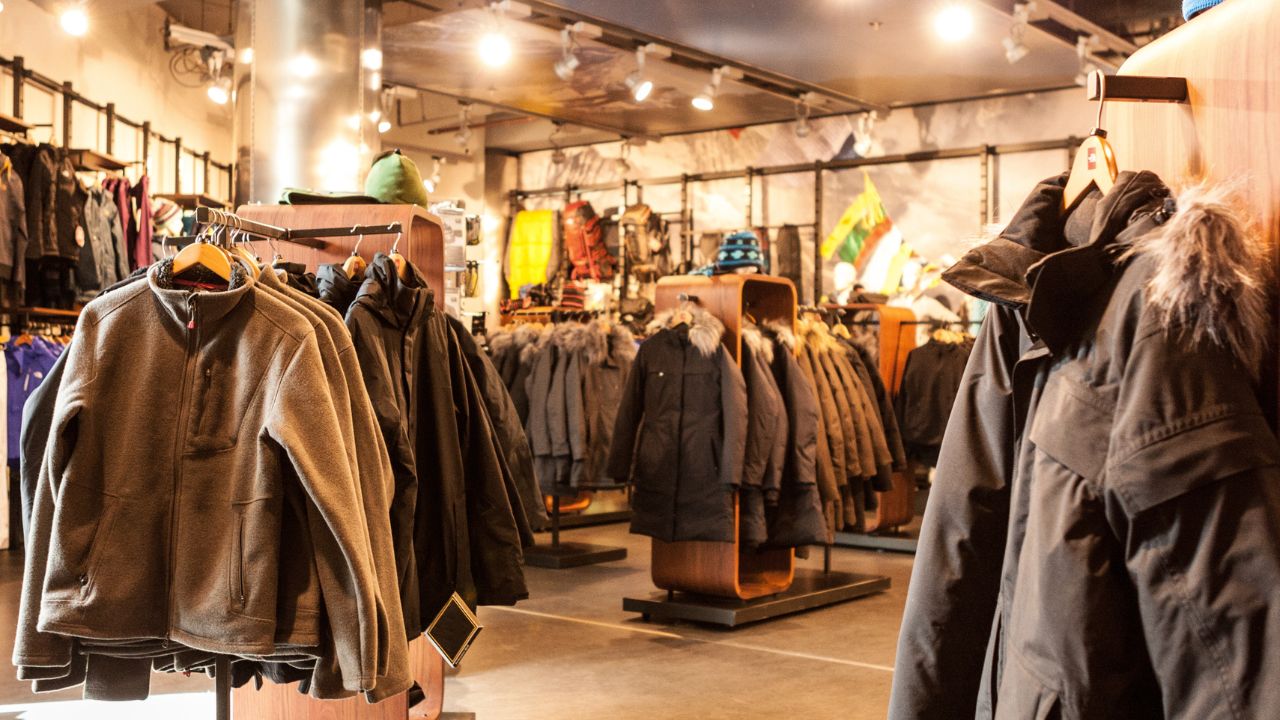Retail Merchandising in Marketing is a critical piece of the strategy puzzle, directly influencing how products are presented, perceived, and purchased. Merchandising in marketing is about the strategies and techniques that retailers use. These methods help attract buyers, improve the shopping experience, and increase sales.
Good merchandising means finding a balance between art and science. It ensures the product looks good and meets the store’s goals. Therefore, businesses need to approach merchandising strategically.
If you are a retailer or a visual merchandiser, this blog will help you improve your work. It offers best practices for retail merchandising that get results.
By using important merchandising strategies, you can improve your brand identity. This will help attract customers and build brand loyalty. With these steps, your store can succeed in a competitive market.
Why Retail Merchandising in Marketing Matters
Before we jump into best practices, it’s essential to understand why retail merchandising in marketing is critical. When done right, merchandising is more than just organizing products on shelves. In fact, it serves as an extension of your marketing campaign, helping create a seamless and engaging shopping experience.
Merchandising ensures you target the right audience with specific products, presented in a way that matches their preferences. Strong store displays and well-planned pricing strategies not only attract buyers but also establish long-term brand loyalty. As a result, successful merchandising can transform casual shoppers into loyal customers, leaving a lasting impression that boosts lifetime value.
Key Benefits of Retail Merchandising in Marketing
- Attract New Customers
Well-designed retail spaces and store displays draw in potential shoppers who might not have planned to visit. In this way, visual appeal serves as a natural retail merchandising in marketing tool to attract customers.
- Improve Customer Experience
Thoughtful merchandising creates a better shopping experience. From clear navigation within the store to well-integrated pricing strategies, customers appreciate convenience and clarity. Consequently, they are more likely to return.
- Increase Sales
A combination of effective merchandising and strategic product positioning encourages shoppers to buy more. For instance, placing complementary items together can nudge customers to purchase additional products, boosting overall revenue.
- Strengthen Brand Identity
Your store’s layout and design contribute to your overall brand image. In other words, consistency in retail merchandising in marketing, including colors and themes, reinforces your identity and leaves an impact on customers.
Now that we’ve established the importance of merchandising in marketing, let’s explore best practices that retailers can adopt.
Best Practices in Retail Merchandising in Marketing

1. Understand Your Target Audience
Begin by studying your target audience. Ask yourself:
- Who are your shoppers?
- What do they value most?
- What factors influence their buying decisions?
A deep understanding of your target audience makes it easier to craft retail merchandising in marketing strategies tailored to their preferences. For example, if your audience cares about sustainability, create store displays that highlight eco-friendly products and use clear messages to show their benefits.
2. Focus on Store Displays in Retail Merchandising
Store displays are often the first touchpoint for customers. Therefore, they are critical to any retail merchandising in marketing strategy. Here’s how to ensure your displays resonate effectively:
- Highlight Key Products
Feature specific products that immediately catch the shoppers’ attention. Use creative props, lighting, and bold signage to make them stand out.
- Create Eye-Catching Window Displays
A window display is your billboard to the world. Use it to tell a story that aligns with trends and seasons. This is a great way to attract customers who are passing by.
- Leverage Color Psychology
Certain colors evoke feelings that can influence buying decisions. For example, red creates urgency, while blue builds trust. Therefore, use colors strategically to boost sales.
3. Plan Strategic Product Placement
The placement of products can greatly affect how much customers buy. Follow these proven product placement techniques for retail merchandising in marketing success:
- Place Bestsellers at Eye Level
Items at eye level are the most likely to sell, especially for adults. Meanwhile, for children-focused products, shelves at their height work best.
- Use Impulse Areas
Position smaller, low-cost items near checkout points to prompt impulse purchases.
- Cross-Merchandise Products
- Place related products together to encourage additional purchases. For instance, pairing pasta with a range of sauces can subtly nudge customers to grab both.
4. Adopt Data-Driven Merchandising Strategies
In today’s market, data is everything. Use sales metrics, customer behavior data, and market trends to refine your retail merchandising in marketing plans. As a result, you’ll align stock with demand and improve pricing strategies.
5. Invest in Effective Pricing Strategies
Pricing directly impacts whether a customer chooses to buy. Therefore, pay attention to how you set, display, and communicate pricing information. Some key pricing strategies include:
- Offering discounts or bundle deals to encourage purchases.
- Using charm pricing, like pricing items at $9.99 instead of $10.
- Marking limited-time offers to create urgency.
6. Optimize Visual Merchandising
Visual merchandisers know that an aesthetically pleasing layout boosts sales by making shopping a delightful activity. Pay attention to these elements in your visual merchandising efforts:
- Lighting
Good lighting can emphasize products and create a welcoming ambiance. Brightly lit displays work well for high-energy brands, while softer lighting pairs well with upscale products.
- Themes & Storytelling
Connect with customers emotionally through themed displays that tell a story. During the holiday season, for instance, a winter-themed display showcasing specific products can enhance shoppers’ experiences.
- Traffic Flow
Arrange items in a way that creates smooth foot traffic and ensures customers see all sections of the store.
7. Prioritize the Customer Experience
Exceptional in-store experiences can turn occasional shoppers into loyal customers. To achieve this, elevate the experience with these tips:
- Provide a clean, organized space where customers can browse comfortably.
- Ensure staff is knowledgeable about products to answer questions and offer recommendations.
- Offer samples, demonstrations, or interactive kiosks to engage customers on a personal level.
8. Encourage Long-Term Brand Loyalty
Retail merchandising in marketing shouldn’t just be about short-term sales. Rather, cultivating relationships with customers ensures they return consistently. Strategies for building brand loyalty include:
- Providing discounts or rewards for repeat customers.
- Ensuring the store layout and merchandising align with the values and expectations of loyal customers.
- Creating personalized experiences based on purchase history or preferences.
Career Paths in Retail Merchandising
Retail merchandising offers various career paths for individuals passionate about selling products and optimizing customer experience. From visual merchandisers to category managers, there are roles focused on different aspects of the industry.
Whether you’re just entering the field or looking to specialize, growth opportunities include working with retailers, managing merchandising teams, and even pursuing consulting roles.
Examples of Merchandising in Action

Example 1: Creating FOMO with Limited Stock
A sporting goods store advertised a small quantity of exclusive sneakers in their window display, highlighting “Only 20 pairs left!” This tactic drew in sneaker enthusiasts who didn’t want to miss out. As a result, foot traffic increased significantly
Example 2: Upselling with Cross-Merchandising
A home improvement store placed paint samples alongside brushes, rollers, and tape. This thoughtful pairing encouraged customers to purchase additional tools. Consequently, their average transaction value increased.
Wrapping Up
In conclusion, retail merchandising in marketing is the intersection of creativity and strategy. By understanding your target audience, optimizing store and product displays, and focusing on customer experience, you create an environment that attracts buyers and drives results.
With a mix of effective pricing strategies, data-driven decisions, and strong brand identity, your retail merchandising efforts in marketing can lead to increased sales and long-term growth for your business.
If you’re ready to unlock the full potential of your retail business, explore our tailored solutions to improve your merchandising strategies. Visit Marketing Immersion to take your store’s success to the next level!






